Home>Interior Design>Is It Okay For A Mattress To Have Fiberglass?
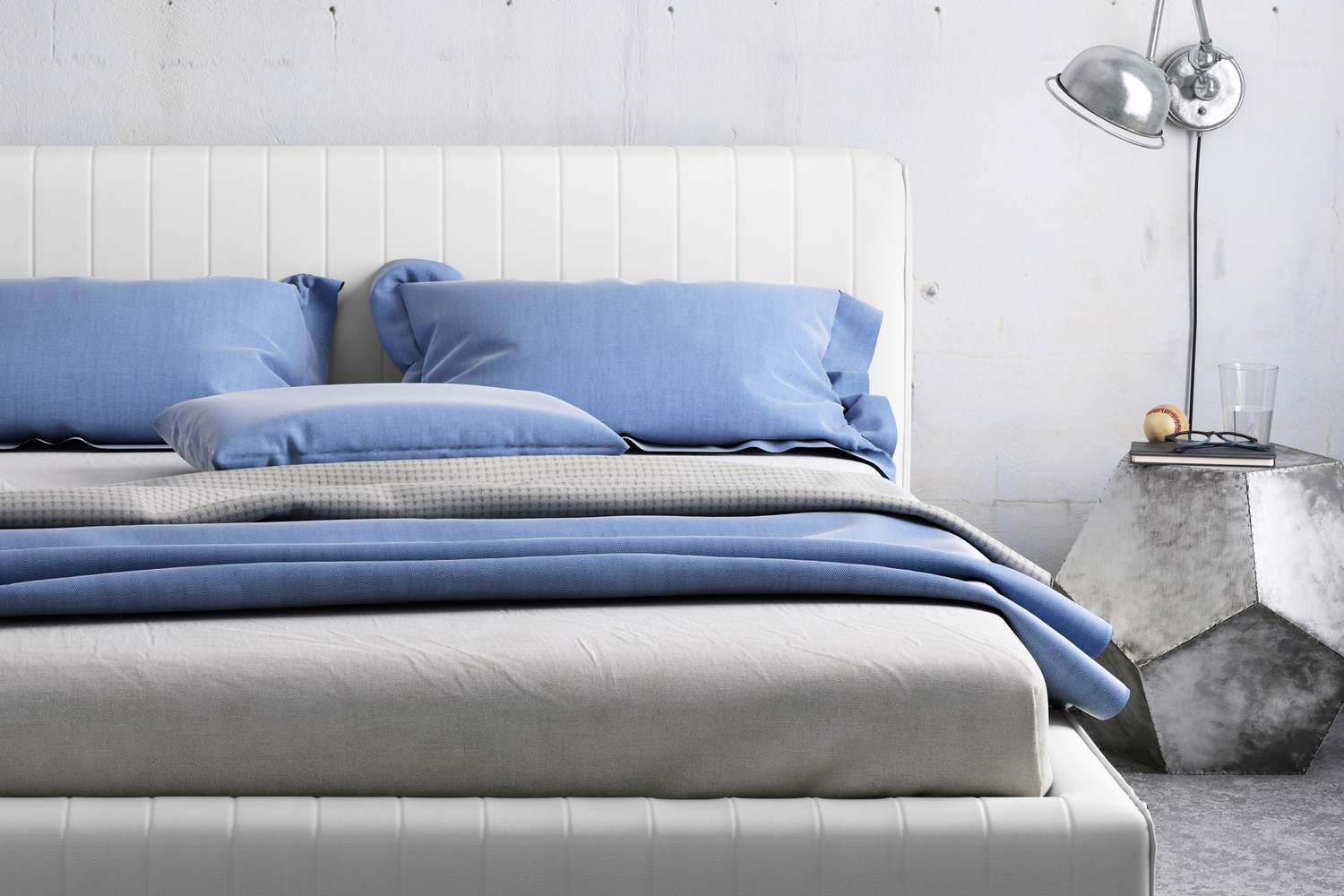

Interior Design
Is It Okay For A Mattress To Have Fiberglass?
Modified: March 21, 2024
Discover the truth about mattresses with fiberglass content. Learn about the importance of interior design standards and find out if it's safe for your health.
(Many of the links in this article redirect to a specific reviewed product. Your purchase of these products through affiliate links helps to generate commission for Storables.com, at no extra cost. Learn more)
Introduction
In the world of interior design, choosing the right mattress is essential for creating a comfortable and stylish living space. However, there is a growing concern among consumers regarding the presence of fiberglass in mattresses. Fiberglass, a material commonly used for insulation and reinforcement, is not typically associated with mattresses. In this article, we will delve into the topic of fiberglass in mattresses, exploring its potential dangers, health concerns, regulations, and guidelines surrounding its use, how to identify if a mattress contains fiberglass, tips for dealing with fiberglass exposure, and alternatives to mattresses with fiberglass.
Understanding the presence of fiberglass in mattresses is crucial for ensuring a safe and healthy living environment. Let’s delve deeper into this topic and shed light on whether it is okay for a mattress to have fiberglass.
Key Takeaways:
- Fiberglass in mattresses can pose health risks such as irritation and respiratory discomfort. Proper handling and precautions can help minimize exposure and ensure a safe sleeping environment.
- Look for mattresses that comply with safety regulations and consider alternatives without fiberglass, such as foam, latex, hybrid, or organic/natural mattresses. Prioritize safety and comfort when choosing a mattress for your home.
Read more: What Memory Foam Mattresses Have Fiberglass
What is fiberglass?
Fiberglass is a composite material made from fine fibers of glass that are woven together. These fibers are then bonded with a resin or polymer to form a strong and durable material. Known for its versatility, fiberglass is widely used in various industries, including construction, automotive, aerospace, and even in everyday household items.
The properties of fiberglass, such as its high tensile strength, thermal insulation, and resistance to corrosion, make it a popular choice for a wide range of applications. In construction, fiberglass is often used for insulation, roofing, and as a reinforcement material. In the automotive industry, it is used for manufacturing car bodies, while in the aerospace industry, it is used for constructing lightweight yet sturdy aircraft components.
While fiberglass is primarily used for its mechanical and thermal properties, it is not commonly associated with being part of a mattress. The use of fiberglass in mattresses is relatively rare and is typically found in specific types of mattresses that require extra support or fire-resistant properties.
Now that we understand the basic properties of fiberglass, let’s discuss its presence in mattresses and the implications it can have on our health and well-being.
Fiberglass in mattresses: An overview
Fiberglass in mattresses is not a common occurrence, but it is present in some specific types of mattresses. Manufacturers may incorporate fiberglass into mattresses for a variety of reasons, such as to provide additional support, improve durability, or enhance fire resistance.
One common application of fiberglass in mattresses is as a reinforcement material. Fiberglass can be used to reinforce the edges or the core of the mattress, providing extra support and preventing sagging. This is particularly common in mattresses with pocketed coils or innerspring systems.
Additionally, fiberglass is sometimes used as a fire retardant material in mattresses. It has fire-resistant properties that can help minimize the spread of flames in case of a fire. Mattresses that are marketed as meeting specific fire safety standards may contain a layer of fiberglass as a fire barrier.
It is important to note that not all mattresses contain fiberglass. The use of fiberglass is more prevalent in certain types of mattresses, such as traditional innerspring mattresses or those designed to meet specific fire regulations. Most foam mattresses, latex mattresses, and hybrid mattresses do not typically incorporate fiberglass in their construction.
While fiberglass can offer benefits in terms of support and fire safety, its presence in mattresses raises concerns about potential health risks. In the next section, we will explore these potential dangers and the associated health concerns of fiberglass exposure in mattresses.
The potential dangers of fiberglass in mattresses
While fiberglass is a versatile material used in many industries, its presence in mattresses can pose potential dangers. Fiberglass particles are incredibly tiny and can become airborne easily, leading to inhalation or skin contact. This can result in various health concerns and discomfort for individuals.
One of the main concerns with fiberglass in mattresses is the irritation it can cause. When fiberglass particles come into contact with the skin or are inhaled, they can cause itching, redness, and irritation. These symptoms can be particularly bothersome for individuals with sensitive skin or respiratory conditions. The microscopic nature of fiberglass particles can make it difficult to remove them completely from the affected area, prolonging the discomfort.
Inhalation of fiberglass particles is another concern. When fiberglass is present in a mattress, movement or disturbance of the mattress can release these particles into the air. Inhaling these particles can irritate the respiratory system, leading to throat and lung irritation, coughing, and difficulty breathing. Prolonged exposure to fiberglass particles through inhalation may also increase the risk of developing respiratory conditions over time.
It is important to recognize that the potential dangers of fiberglass in mattresses are more relevant when the fiberglass is exposed or released from the mattress. If the fiberglass is properly enclosed in a protective barrier, the risks of exposure and irritation are significantly reduced.
Next, we will examine the regulations and guidelines surrounding the use of fiberglass in mattresses to ensure safety and compliance with industry standards.
Health concerns associated with fiberglass exposure
Exposure to fiberglass can lead to various health concerns, particularly when it comes to inhalation or direct contact with the skin. Understanding these health risks is important to take appropriate measures for protection.
One of the primary health concerns associated with fiberglass exposure is irritation. Fiberglass particles are tiny and can easily become airborne. When these particles come into contact with the skin, they can cause irritation, itching, and redness. This can be uncomfortable and bothersome, especially for those with sensitive skin.
Inhalation of fiberglass particles can also have adverse effects on respiratory health. Fiberglass can irritate the throat and lungs, leading to coughing, sneezing, and difficulty breathing. Prolonged exposure to these particles may increase the risk of developing respiratory conditions, such as asthma or bronchitis.
Furthermore, prolonged and repeated exposure to fiberglass can cause a condition known as fiberglass dermatitis. This condition occurs when there is direct and prolonged contact between the skin and fiberglass particles. Symptoms of fiberglass dermatitis include itching, redness, and the development of small red bumps or blisters on the affected area.
It is important to take precautions to minimize fiberglass exposure and reduce the associated health risks. This includes proper handling, ventilation, and ensuring that any fiberglass used in mattresses is properly encapsulated to prevent the release of particles.
Next, let’s explore the regulations and guidelines that govern the use of fiberglass in mattresses to ensure safety and compliance.
Check the mattress label or manufacturer’s website to see if it contains fiberglass. If it does, make sure it is properly enclosed to prevent any fibers from escaping.
Read more: How To Know If A Mattress Has Fiberglass
The regulations and guidelines regarding fiberglass in mattresses
When it comes to the use of fiberglass in mattresses, there are regulations and guidelines in place to ensure safety and compliance with industry standards. These regulations aim to protect consumers from potential health risks associated with fiberglass exposure.
In the United States, mattresses are regulated by the Consumer Product Safety Commission (CPSC). The CPSC sets standards and guidelines for various aspects of mattress manufacturing, including flammability testing and labeling requirements.
One key regulation in the mattress industry is the federal flammability standard, known as 16 CFR Part 1633. This standard requires that mattresses meet specific fire safety requirements to reduce the risk of fire hazards. While fiberglass can be used as a fire barrier in mattresses, it must be enclosed within a protective barrier or fabric to prevent the release of particles.
These regulations ensure that the use of fiberglass in mattresses is regulated and that proper precautions are taken to minimize the potential health risks associated with its use. Furthermore, mattress manufacturers are responsible for conducting rigorous testing to meet these safety standards and provide consumers with safe products.
It is important for consumers to look for mattresses that comply with safety regulations and adhere to industry standards. This can be done by checking for mattress certifications or labels that indicate compliance with the federal flammability standard.
In the next section, we will discuss how to identify if a mattress contains fiberglass and what steps can be taken to deal with potential fiberglass exposure.
How to identify if a mattress contains fiberglass
Identifying if a mattress contains fiberglass can be challenging, as fiberglass is typically enclosed within protective covers or layers. However, there are a few indicators that can help you determine if a mattress may contain fiberglass.
1. Read the product labels: Look for labels or tags on the mattress that provide information about its construction and materials. Some mattresses may explicitly mention the use of fiberglass in their fire retardant layer or as a reinforcement material.
2. Research the manufacturer’s website: Visit the manufacturer’s website and look for information about the materials used in their mattresses. Some companies may provide details about the presence of fiberglass or alternative fire barrier materials.
3. Contact the manufacturer: If the mattress information is not readily available or unclear, consider reaching out to the manufacturer directly. They should be able to provide you with accurate information about the presence of fiberglass in their mattresses.
It’s important to note that not all mattresses contain fiberglass. In fact, most foam mattresses, latex mattresses, and hybrid mattresses are unlikely to contain fiberglass in their construction. Fiberglass is more commonly found in traditional innerspring mattresses or those designed to meet specific fire safety regulations.
If you discover that your mattress contains fiberglass and you have concerns about potential exposure, there are steps you can take to minimize the risks.
In the next section, we will provide some tips for dealing with fiberglass exposure in mattresses.
Tips for dealing with fiberglass exposure from mattresses
If you discover that your mattress contains fiberglass and you are concerned about potential exposure, here are some tips to help minimize the risks:
1. Use a mattress protector: Consider using a mattress protector that completely encases your mattress. A waterproof and allergen-proof cover can help create a barrier between you and the fiberglass, reducing the chances of direct contact.
2. Handle the mattress with care: If you need to move or handle the mattress, take precautions to prevent the release of fiberglass particles into the air. Use gloves, avoid shaking or bending the mattress unnecessarily, and handle it in a well-ventilated area.
3. Avoid vacuuming the mattress: Vacuuming can potentially dislodge fiberglass particles and release them into the air. Instead, focus on regular cleaning and maintenance of the mattress using gentle methods such as spot cleaning or using a soft brush and mild detergent.
4. Minimize dust and residue: Fiberglass particles can accumulate as dust or residue on the mattress surface. Regularly clean your mattress using a gentle, damp cloth to remove any visible particles or residue that may have settled on the fabric.
5. Be mindful of irritations or allergies: If you experience any skin irritation, itching, or respiratory discomfort, consult a healthcare professional. They can provide you with appropriate guidance and advice based on your specific situation.
6. Consider a mattress without fiberglass: If you’re concerned about potential fiberglass exposure, you may choose to replace your mattress with an alternative that does not contain fiberglass. Opt for mattresses made from natural or organic materials or those that utilize different fire retardant methods.
It’s important to remember that the presence of fiberglass in mattresses is not inherently hazardous if it is properly enclosed and does not become airborne. However, taking precautions to minimize exposure can help ensure a safe and healthy sleeping environment.
In the next section, we will explore alternatives to mattresses with fiberglass.
Alternatives to mattresses with fiberglass
If you prefer to avoid mattresses that contain fiberglass or have concerns about potential exposure, there are alternative options available. These alternatives provide comfort, support, and safety without the use of fiberglass. Here are a few alternatives to consider:
1. Foam Mattresses: Foam mattresses, such as memory foam or polyurethane foam mattresses, are a popular choice for their contouring support and pressure relief. These mattresses typically do not contain fiberglass and are made from foam materials that are safe and certified for their low chemical emissions.
2. Latex Mattresses: Latex mattresses are made from natural latex or a blend of natural and synthetic latex. They offer excellent support and durability without the need for fiberglass reinforcement. Look for mattresses that are certified as organic or natural to ensure they meet your preferences.
3. Hybrid Mattresses: Hybrid mattresses combine the benefits of both innerspring and foam mattresses. They typically feature a coil support system combined with foam or latex layers. Hybrid mattresses can be a good option if you’re looking for both support and comfort without the use of fiberglass.
4. Organic and Natural Mattresses: For individuals concerned about chemicals and toxins, organic and natural mattresses are a great choice. These mattresses are made from organic or natural materials such as organic cotton, organic wool, and natural latex. They are free from fiberglass and other potentially harmful substances.
5. Fire Barrier Alternatives: If fire safety is a concern, look for mattresses that utilize fire barrier techniques without the use of fiberglass. Some mattresses use natural fire retardant materials, such as wool, that provide a safe and effective fire barrier without the need for fiberglass.
When considering alternatives to mattresses with fiberglass, make sure to do thorough research, read product descriptions, and verify certifications to ensure that the mattress meets your specific needs and preferences.
To conclude, fiberglass is not a common component of mattresses, but it can be found in certain types of mattresses for reinforcement or fire safety purposes. While fiberglass exposure can potentially present health risks, proper handling, enclosure, and preventative measures can help mitigate these risks. If you have concerns, explore alternative mattress options that align with your health and safety preferences.
Read more: How To Clean Up Fiberglass From A Mattress
Conclusion
When it comes to choosing a mattress for your home, understanding the presence of fiberglass is crucial for ensuring a safe and healthy sleeping environment. While fiberglass is not commonly found in mattresses, it can be present in specific types of mattresses for reinforcement or fire resistance.
Fiberglass in mattresses can potentially pose health risks, such as irritation, respiratory discomfort, and skin reactions. However, it’s important to note that these risks can be minimized through proper handling, encapsulation, and taking precautions to reduce fiberglass exposure.
Regulations and guidelines are in place to ensure the safe and compliant use of fiberglass in mattresses, particularly when it comes to meeting fire safety standards. It is important for manufacturers to adhere to these regulations and conduct thorough testing to provide consumers with safe products.
If you have concerns about fiberglass exposure, there are alternative mattress options available that do not contain fiberglass. Foam mattresses, latex mattresses, hybrid mattresses, and organic/natural mattresses are all viable alternatives that provide comfort and support without the use of fiberglass.
In conclusion, while the presence of fiberglass in mattresses may raise concerns, it is important to weigh the potential risks against the benefits and understand the measures taken by manufacturers to ensure safety. By staying informed, exploring alternative options, and taking appropriate precautions, you can make an informed decision when selecting a mattress for your home.
Frequently Asked Questions about Is It Okay For A Mattress To Have Fiberglass?
Was this page helpful?
At Storables.com, we guarantee accurate and reliable information. Our content, validated by Expert Board Contributors, is crafted following stringent Editorial Policies. We're committed to providing you with well-researched, expert-backed insights for all your informational needs.
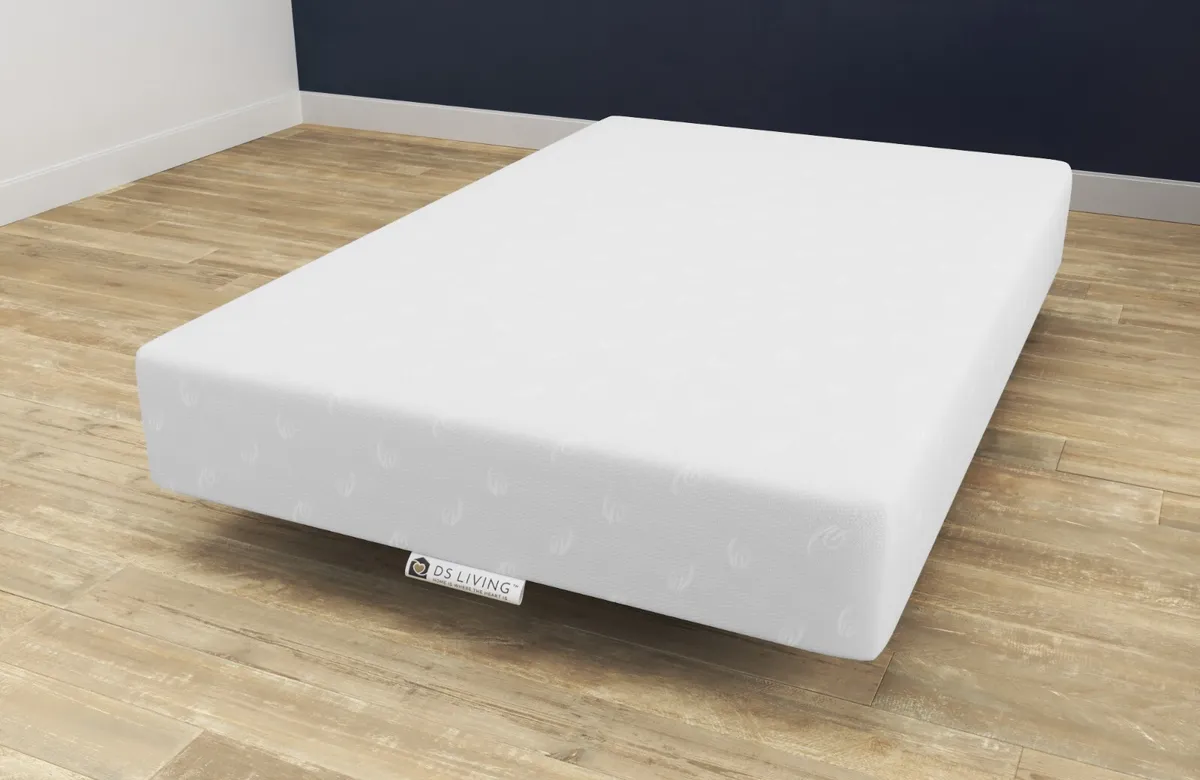

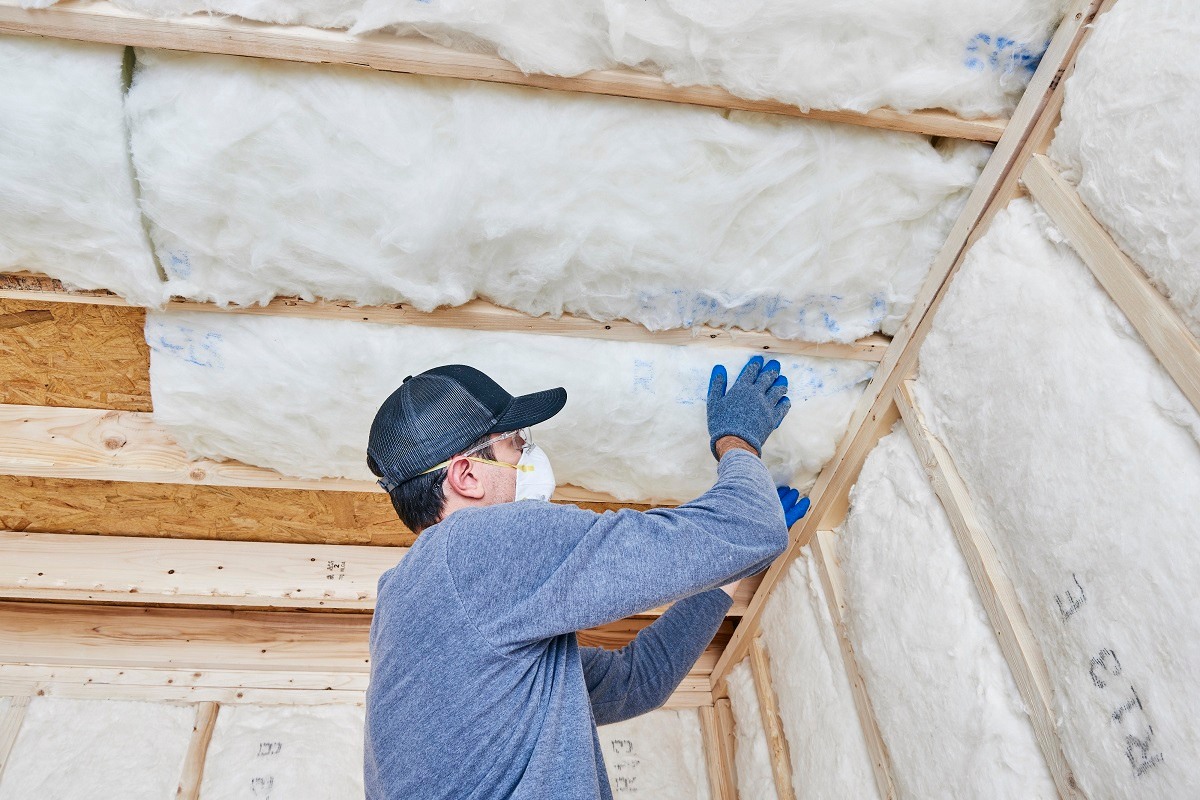

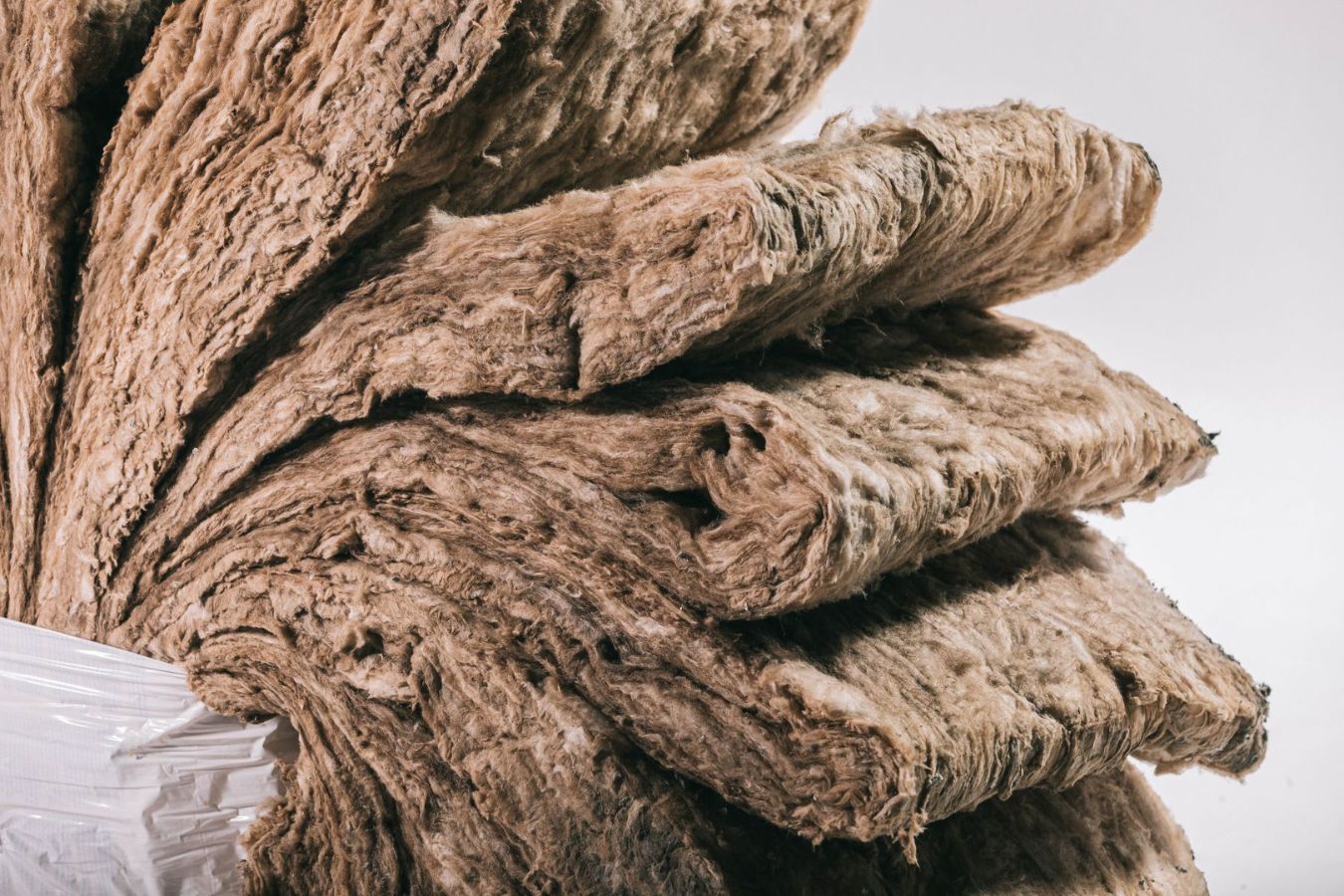
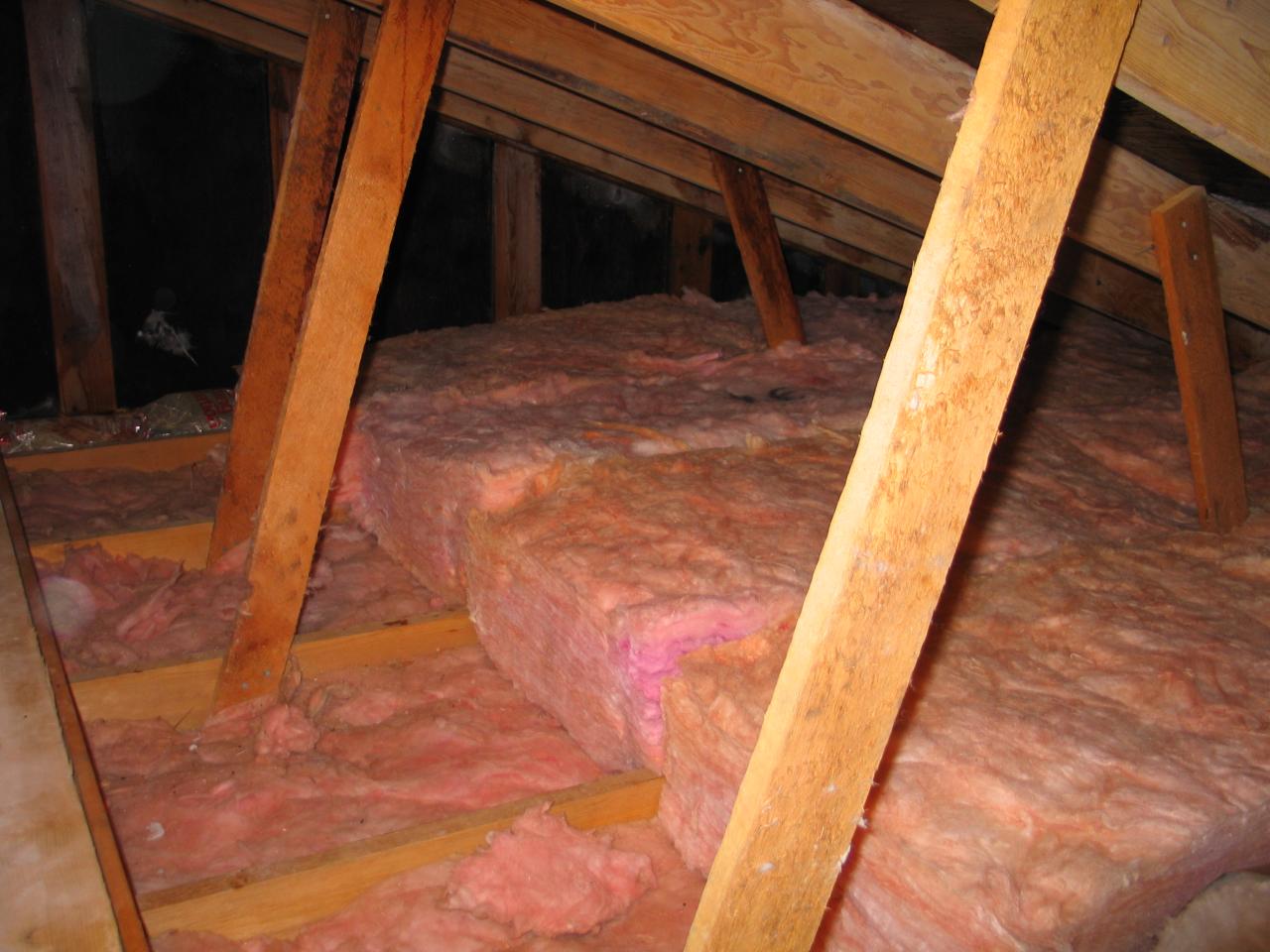
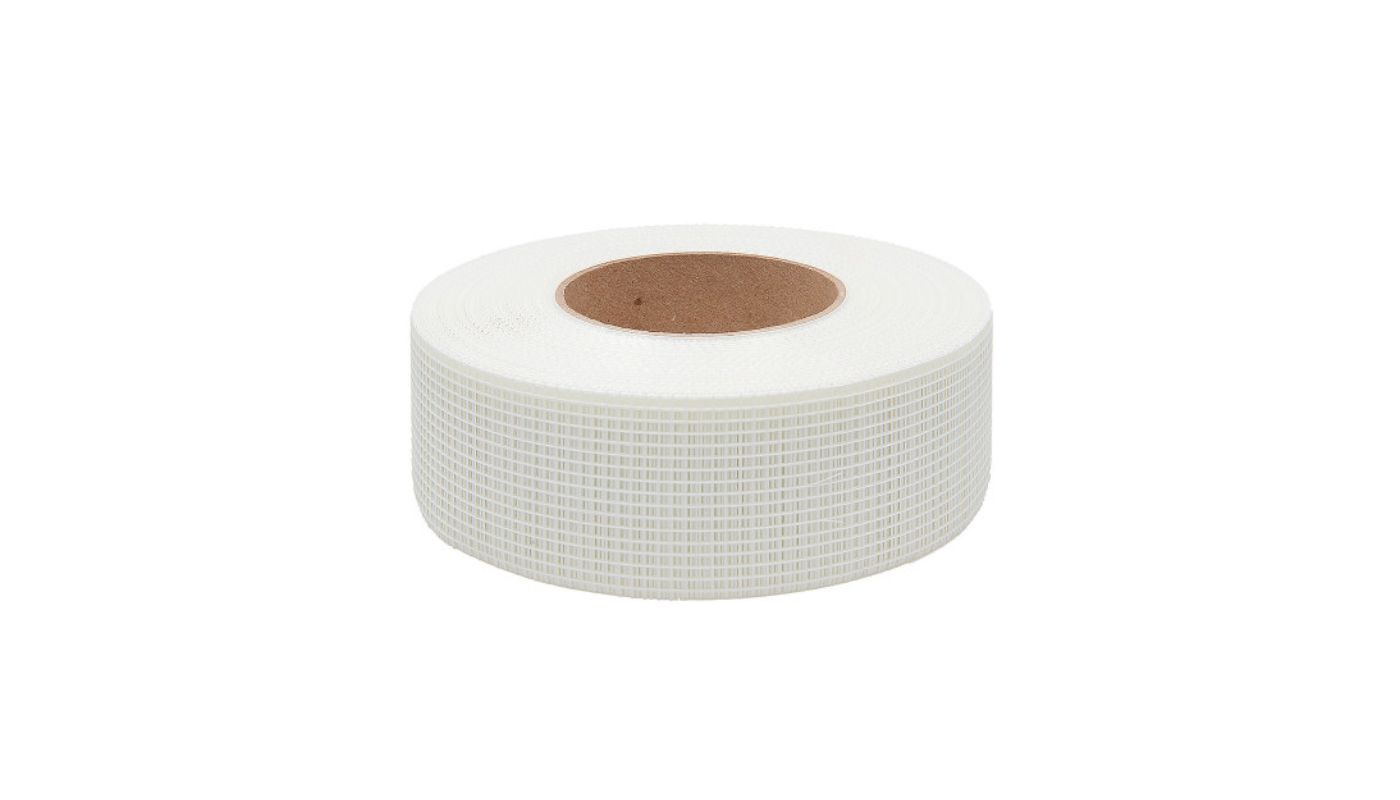
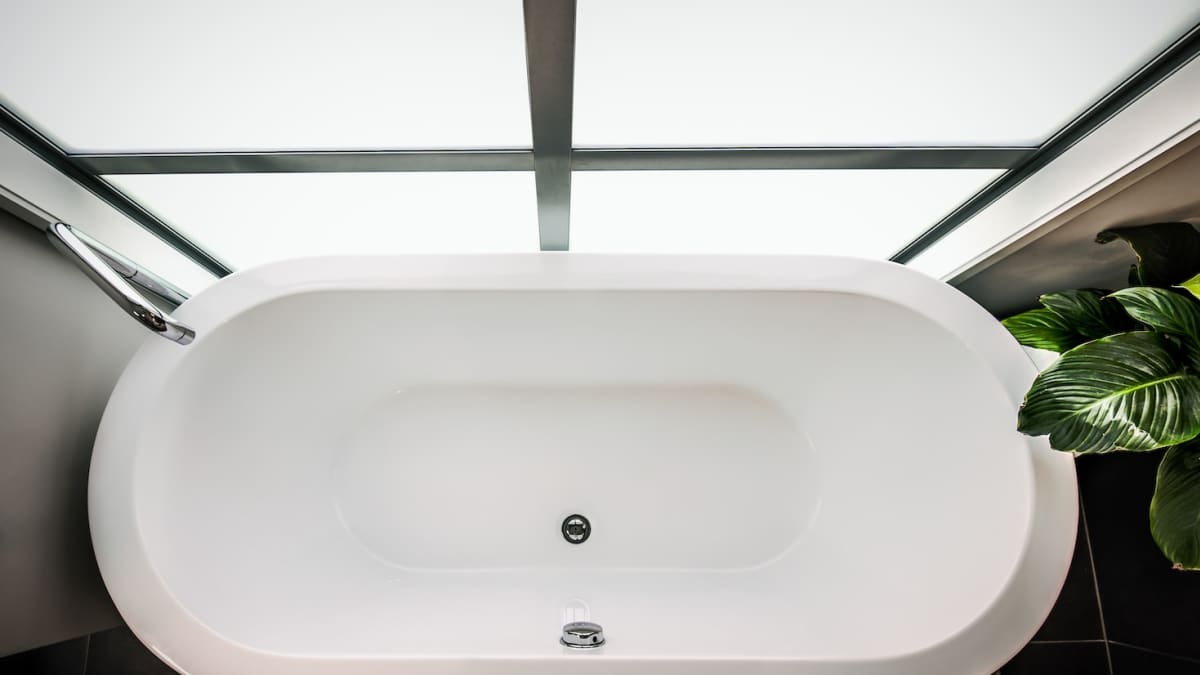
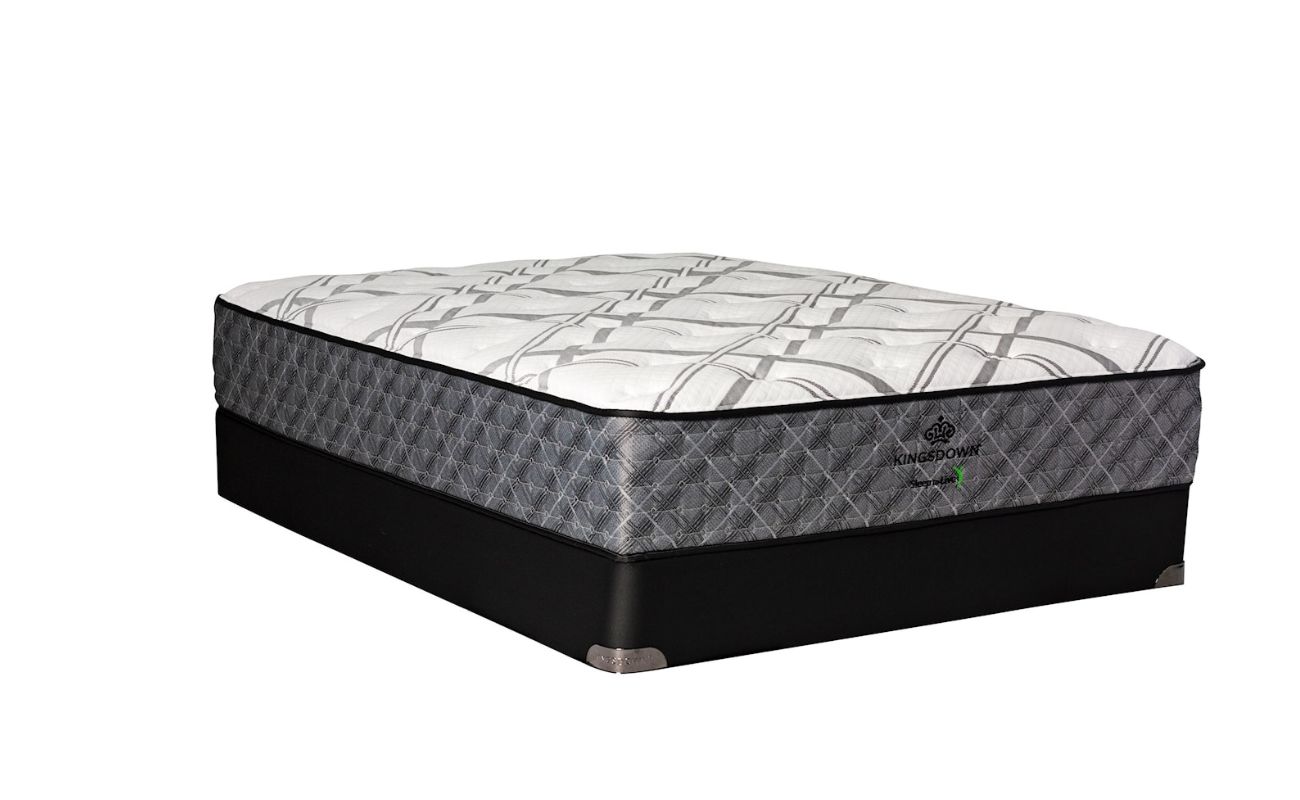
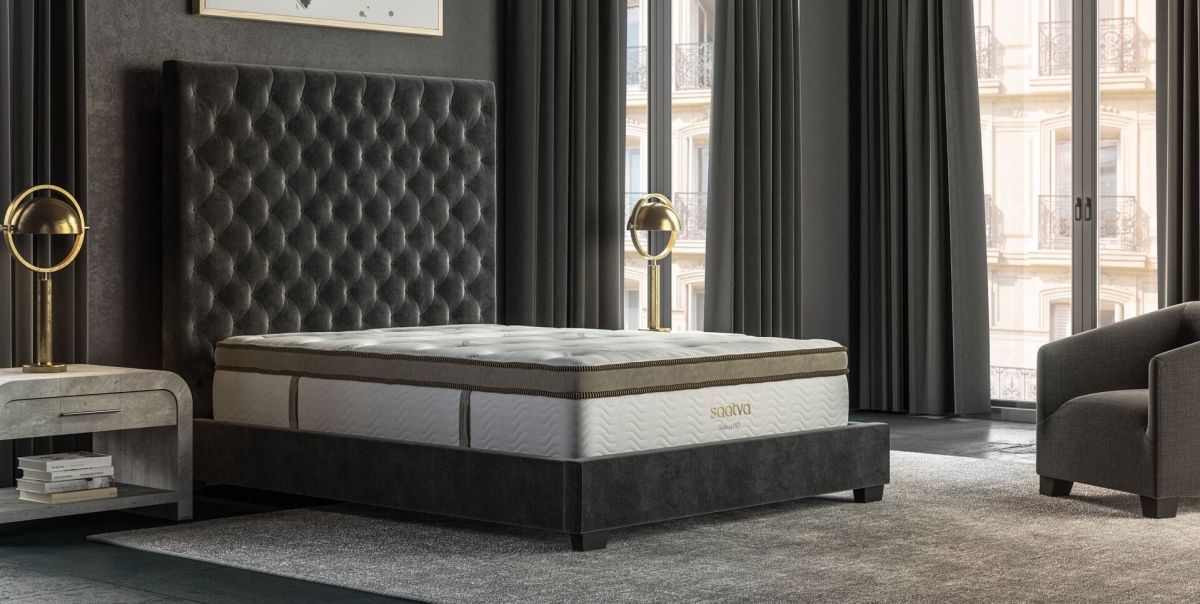
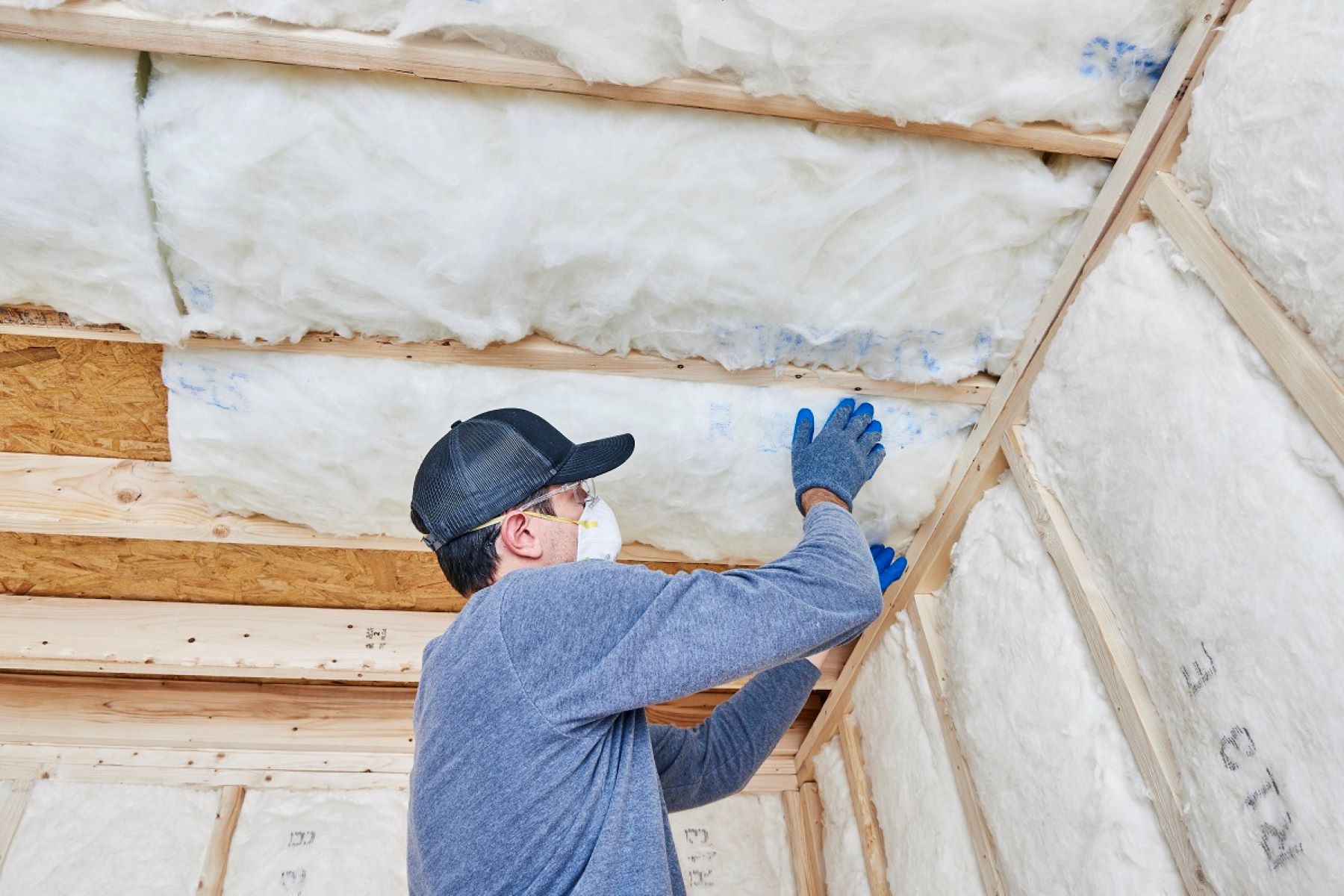

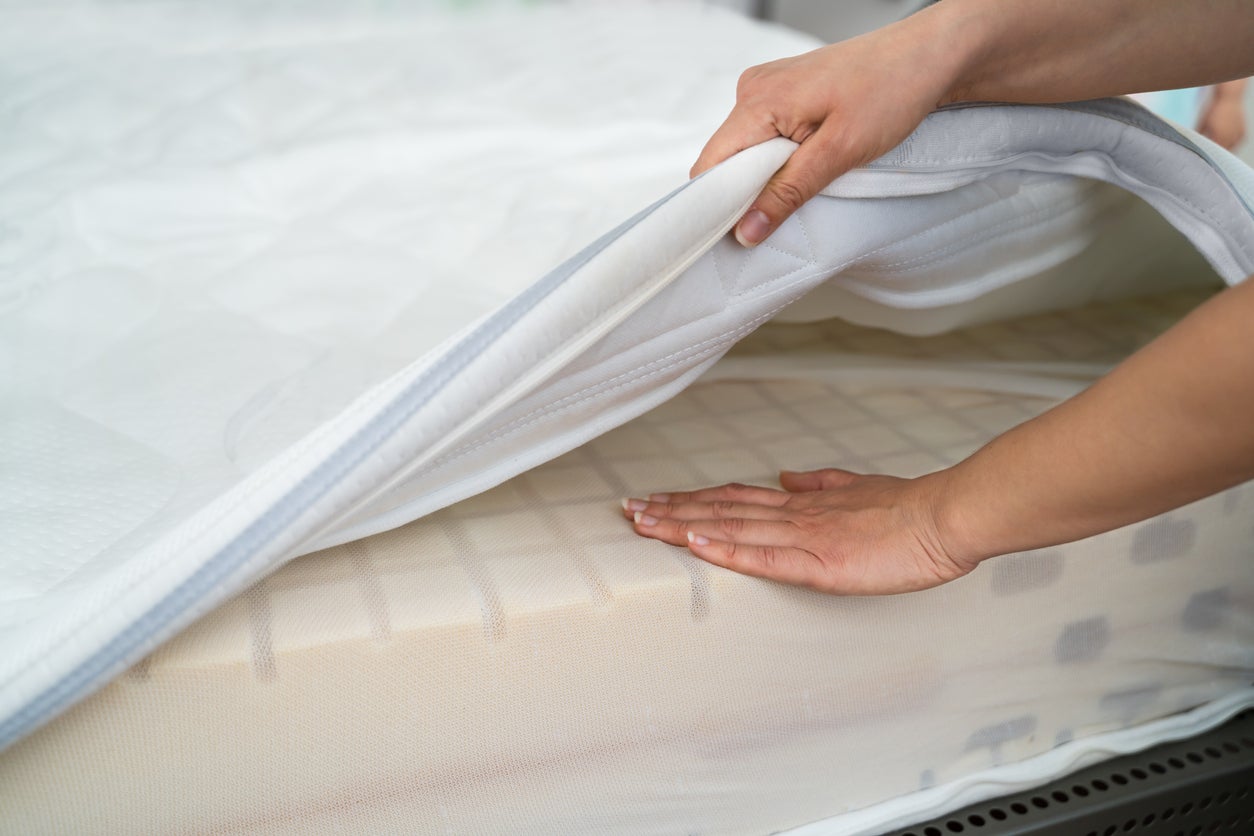

0 thoughts on “Is It Okay For A Mattress To Have Fiberglass?”